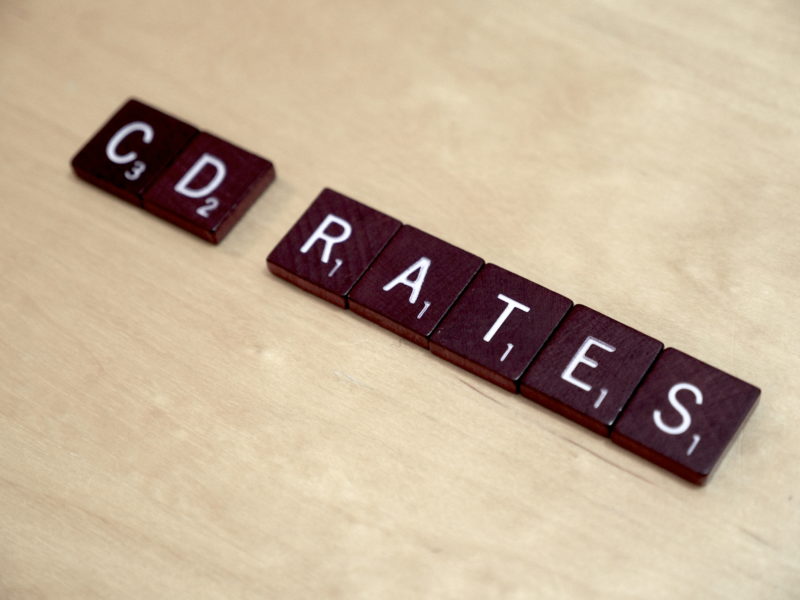C
D, in full known as Certificate of Deposit, gives friendly CD rates. These CD rates are a consideration that anyone willing and able to set aside some funds and not planning to use for a particular period, should consider. Apparently, the CD rates attract better earnings once an individual deposits the money in either banks or credit unions than most of the other plans. Before going to the CD rates, here are three primary terms that you need to know.
Early withdrawal penalties
The aspect is probably one of the most challenging concepts when it comes to considering CD rates. Savings plans from the bank and other institutions implement a policy where if one wishes to withdraw their amounts before the period, they don’t earn interests, or the plan receives penalties. For the case of CD rates, once you withdraw before maturity of the term, a penalty is imposed, mostly calculated as a portion of the interest earning, say in an example, six months of interest. As such, it is advisable for anyone considering utilizing CD rates to strategize a means that will not result in early withdrawal of the saved funds.
CD terms
The term is simply the time frame that the funds will be held in the account. This is in agreement with the set period, example months or years. Basically, the longer the CD terms, the higher the yields obtained from the CD rates.
Fixed interest rate
According to the CD rates, it is a criterion for the deposit to earn a fixed interest rate. This is a beneficial feature where the market’s interests rates tend to drop since the CD rates remain constant. However, the opposite is true where the market rates rise since no increase will be implemented.
CD rates prove to be high yielding. They, however, require strategic consideration to avoid early withdrawal penalties.
[Photo: flickr.com]






